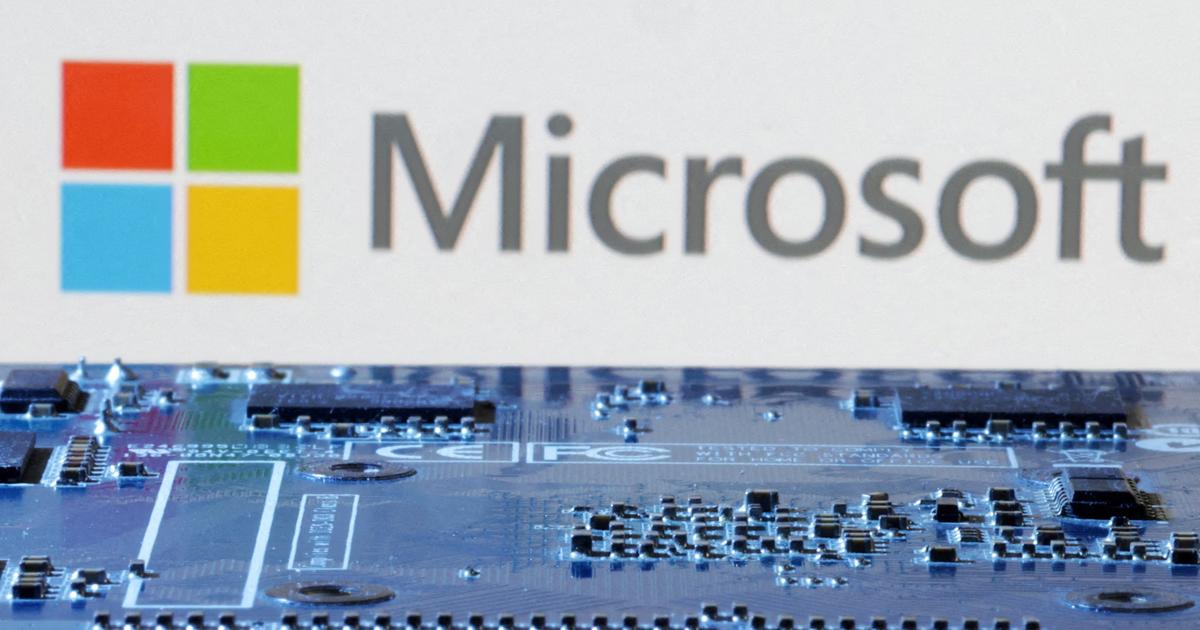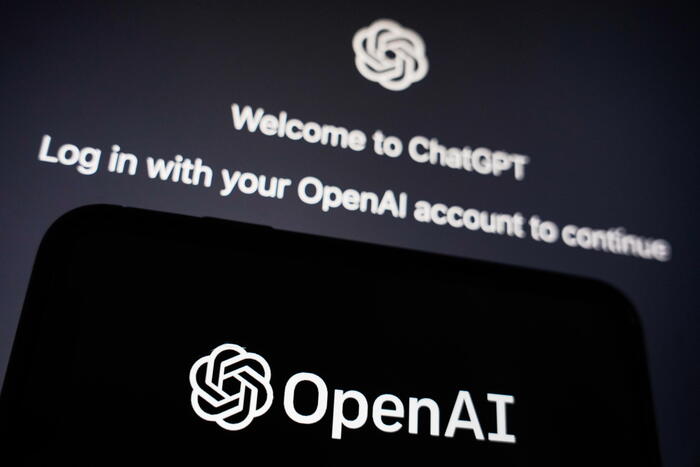Enlarge image
No Google calculator, but a supercomputer in Stuttgart: The new AI requires a lot of computing power
Photo: Sebastian Gollnow / dpa
Pathways Language Model, PaLM for short, is what Google calls a remarkable new artificial intelligence (AI) that was presented last week.
Her special feature: According to the company, she can recognize logical connections and check when statements make sense.
The software can find out, for example, that the sentence “I got an A in the test because I learned a lot” makes more sense than “I learned a lot because I got an A in the test”.
In addition, the software recognized films just as well as a human test group based on emojis when they were given several options to choose from.
For example, PaLM guesses the animated film »Wall-E« when a robot head, a cockroach, a little plant and a globe are given as emojis.
She rejects the suggested alternative films »LA Confidential«, »Leon the Professional«, »Rush« and »Big«.
The new AI can also explain jokes.
The developers underscore this achievement with a joke whose humorous core target group is probably computer scientists: »Did you see that Google hired an eloquent whale for the TPU team?
He showed them how two different pods can communicate with each other.« The software sees through the nerd humor and recognizes the pun: In English, the word pod means a pod of whales, but Google also uses the term to mean one of many TPU chips composite computer system used.
The scientists warn that jokes in languages other than English are not so easy to decipher.
According to a scientific publication on PaLM, one of the biggest limitations of the AI is that the analysis was only carried out with English-language data.
Massive hardware helps
As impressive as PaLM's capabilities are, so is the hardware Google requires.
The system consists of 6144 computer chips specially developed by the company for machine learning, so-called tensor processing units (TPU).
In order to train the AI, it was trained with 540 billion parameters, according to the publication by the Google researchers.
Similar language AIs such as GLaM, Gopher and Chinchilla would be "clearly outperformed".
PaLM was trained with data from books, Wikipedia entries and source code from the Github programmer portal.
To check how well the AI can think logically, translate texts and answer questions, Google gave it more than 150 tasks from the Beyond the Imitation Game Benchmark (Big-Bench) .
The result: In a direct comparison with humans, the AI performs better on average, for example when it comes to determining the correct order for rinsing silver cutlery.
The human control groups were allowed to use calculators and research the internet as they competed against the AI.
Nevertheless, the software performed better overall.
Nevertheless, there are still tasks that humans solve better than computers in this test: According to the scientists, human performance outperformed the AI in around a third of the tasks.









